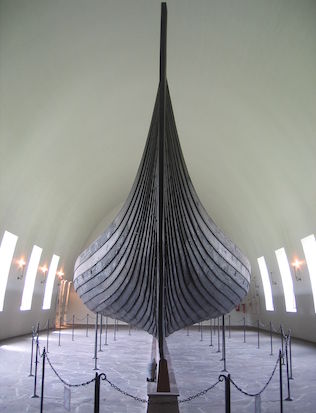To the men and women of Renaissance Europe, Scandinavia seemed impossibly remote and forbidding: a land of perpetual night, frozen for much of the year, inhabited by barbarians, heretics and witches. Its arctic wastes were stalked by trolls and other fearsome creatures, such as the rapacious polar bear, while the waters of its fjords and seas were said to be infested by sea snakes of such terrifying dimensions that they might enclose a whole ship within a single coil of their tails. Scandinavia's reputation as another world on the edge of this world, a place suspended between myth and reality, was sealed by a single, hugely influential book: The History of the Northern Peoples, written in Latin by a Swedish priest called Olaus Magnus and published, with 400 vivid woodcut illustrations, in 1555. Magnus was a Catholic in self-imposed exile from the Lutheran North, and the purpose behind his work was straightforward: to convince the leaders of the Church in Rome of the richness of his homeland, to open their eyes to its many wonders, so that they might stir themselves and seek to win Scandinavia back from the clutches of the Protestants.
The plan backfired, because although Magnus included detailed accounts of the peoples and customs of his Scandinavia, what really caught the collective imagination of his book's readers were its images of the fearsome beasts of fable and folklore - and its chillingly evocative descriptions of life in a cold climate. Magnus devoted a whole chapter to the effects of freezing temperatures on everything from clothes to working implements (pointing out that a man's hand will cling to his own axe if he should make the mistake of picking it up by the metal part); another to the miracle of the snowflake's manifold forms. It is always...


